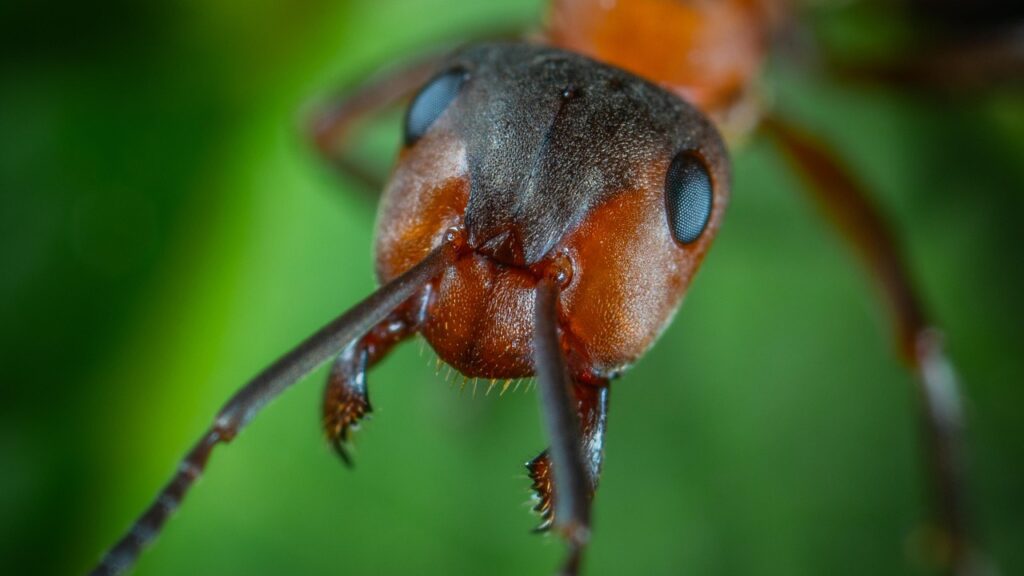When you think about prehistoric creatures, your mind probably jumps to massive dinosaurs or saber-toothed cats. But what if I told you that some of the most alien-looking creatures ever discovered were actually the size of your pinky nail? Hidden in amber deposits and fossilized remains, scientists have uncovered ant species so bizarre that they seem to have crawled straight out of a science fiction movie. These ancient insects possessed features so unusual that they challenge everything we thought we knew about ant evolution and design.
The Bizarre World of Prehistoric Ants
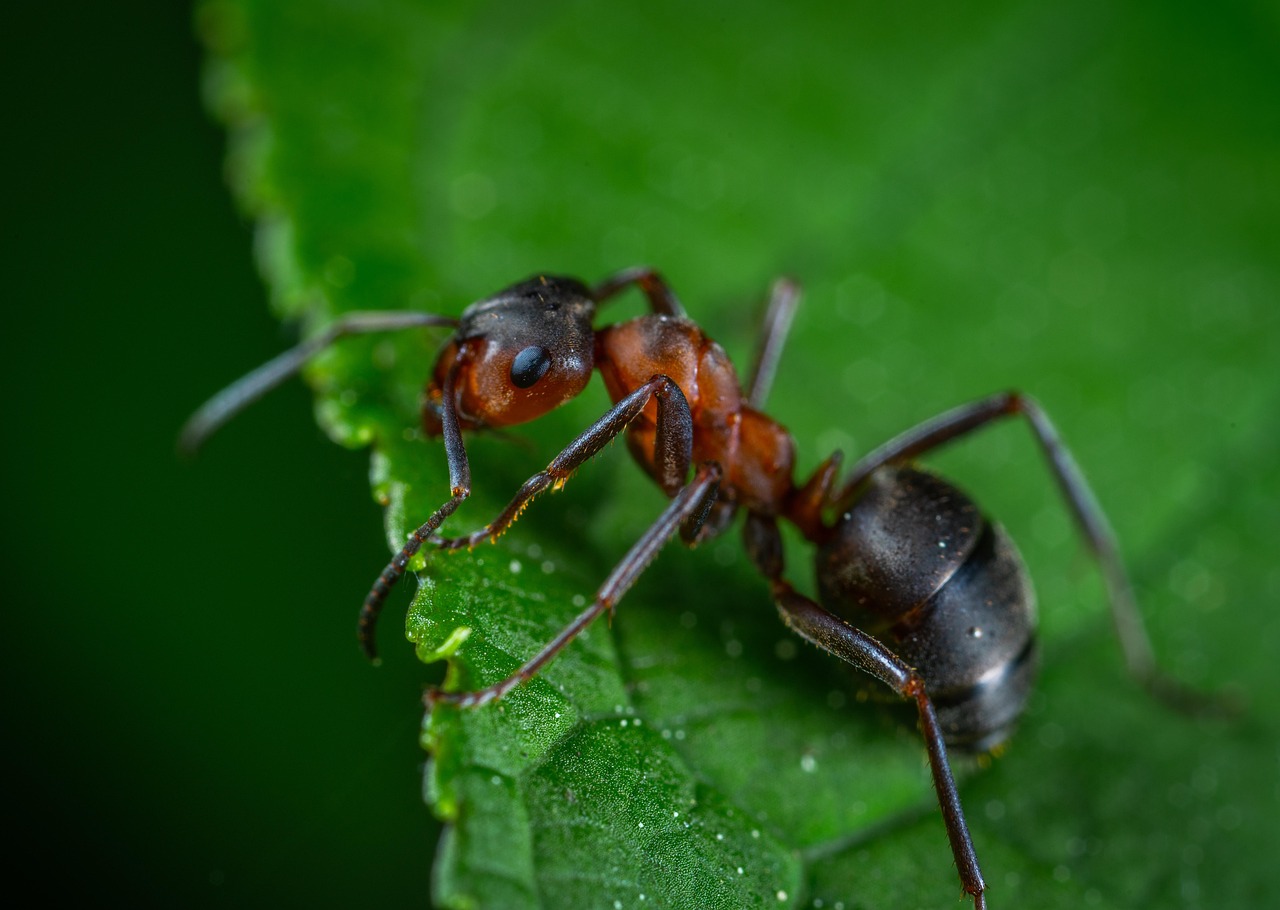
The fossil record reveals that ants have been crawling across Earth for over 100 million years, but not all of them looked like the familiar insects we see today. Some ancient species developed features that seem almost impossible by modern standards. Their heads twisted in impossible directions, their jaws stretched to incredible lengths, and their bodies took on shapes that would make even the most creative alien designer jealous.
These prehistoric ants lived in a world vastly different from ours, where massive continents were still drifting apart and flowering plants were just beginning to dominate the landscape. The extreme environments and unique evolutionary pressures of their time led to some truly extraordinary adaptations. Scientists studying these fossils often describe feeling like they’re looking at creatures from another planet rather than Earth’s distant past.
Haidoterminus cippus: The Alien-Headed Hunter
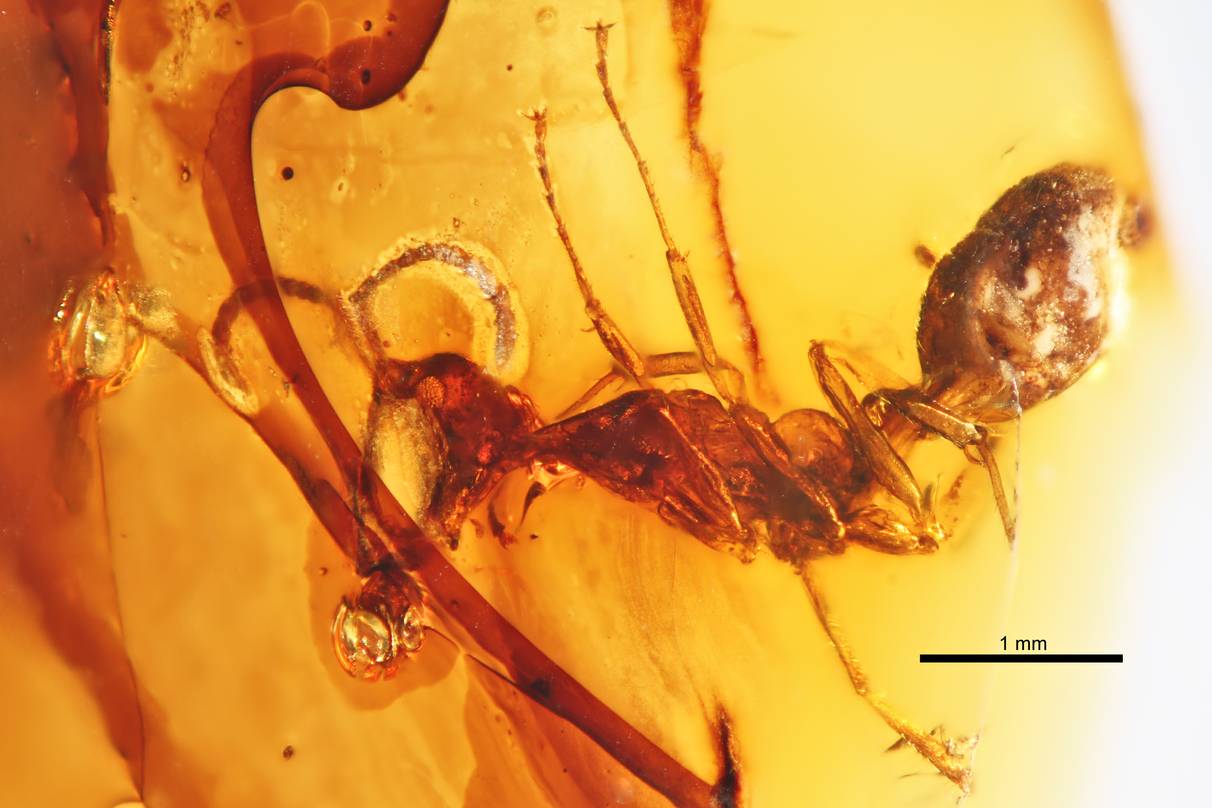
Imagine an ant whose head could rotate almost completely backward, like something out of a horror movie. That’s exactly what Haidoterminus cippus looked like 99 million years ago. This Cretaceous period predator possessed a head that seemed almost detached from reality, with eyes positioned in ways that would make any earthly insect jealous.
The most striking feature of this ancient hunter was its massive, bulbous head that dominated its entire body profile. Unlike modern ants whose heads are proportional to their bodies, H. cippus looked like someone had grafted an oversized alien cranium onto a tiny ant body. Its mandibles were equally impressive, stretching outward like metallic pincers designed for capturing prey that other ants couldn’t even dream of tackling.
Scientists believe this unusual head shape allowed the ant to see in multiple directions simultaneously, making it an incredibly efficient predator. The fossil evidence suggests these ants were ambush hunters, using their alien-like appearance to their advantage in the dense forests of the Cretaceous period.
Ceratomyrmex ellenbergeri: The Unicorn Ant
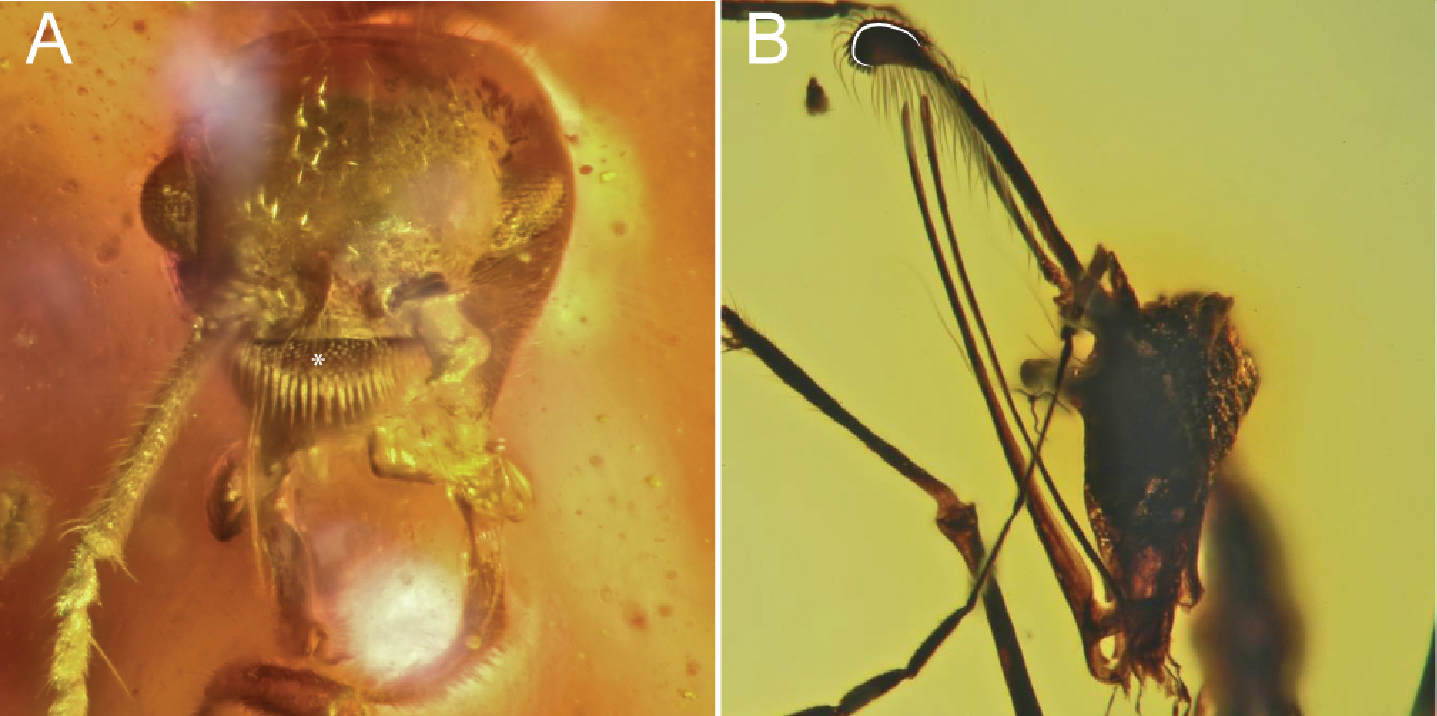
If you’ve ever wondered what would happen if someone crossed an ant with a unicorn, Ceratomyrmex ellenbergeri is your answer. This extraordinary creature sported a massive horn-like projection from its head that made it look more like a mythical beast than an insect. The horn was so prominent that it dominated the ant’s entire facial structure, creating a silhouette that would be at home in any alien creature feature.
This bizarre appendage wasn’t just for show – scientists believe it served a very specific purpose in the ant’s daily life. The horn was likely used for specialized feeding, possibly allowing the ant to access food sources that other species couldn’t reach. Think of it as nature’s version of a built-in tool, perfectly designed for a specific ecological niche that no longer exists.
The rest of C. ellenbergeri’s body was equally unusual, with elongated limbs and a sleek profile that suggested it was built for speed and agility. When you combine the alien horn with its streamlined body, you get a creature that looks like it was designed by a team of science fiction artists rather than millions of years of evolution.
Linguamyrmex vladi: The Vampire Ant
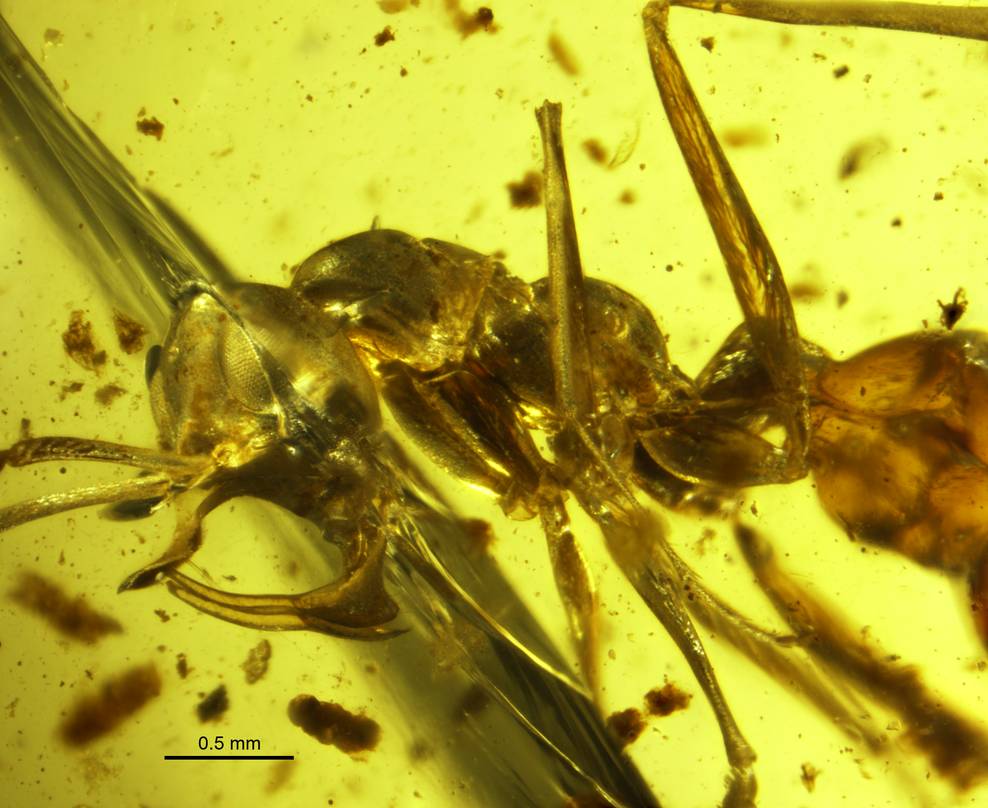
Meet the ant that would make Dracula proud. Linguamyrmex vladi possessed mandibles so long and sharp that they resembled vampire fangs more than typical ant jaws. These incredible appendages could extend far beyond the ant’s head, creating a fearsome appearance that must have terrified other insects of the Cretaceous period.
The most alien aspect of L. vladi wasn’t just the size of its mandibles, but how they were positioned. Unlike modern ants whose jaws move horizontally, this ancient predator’s fangs moved vertically, snapping shut like a bear trap. This unique jaw configuration gave it a distinctly non-earthly appearance that sets it apart from any insect alive today.
Scientists studying this remarkable creature have discovered that its vampire-like fangs were perfectly adapted for piercing and draining other insects. The ant would use its elongated mandibles to puncture prey and then feed on their body fluids, making it one of the most specialized predators in the ancient insect world. Its feeding behavior was so unique that it has no modern equivalent among living ant species.
Zigrasimecia tonsillata: The Wasp-Ant Hybrid
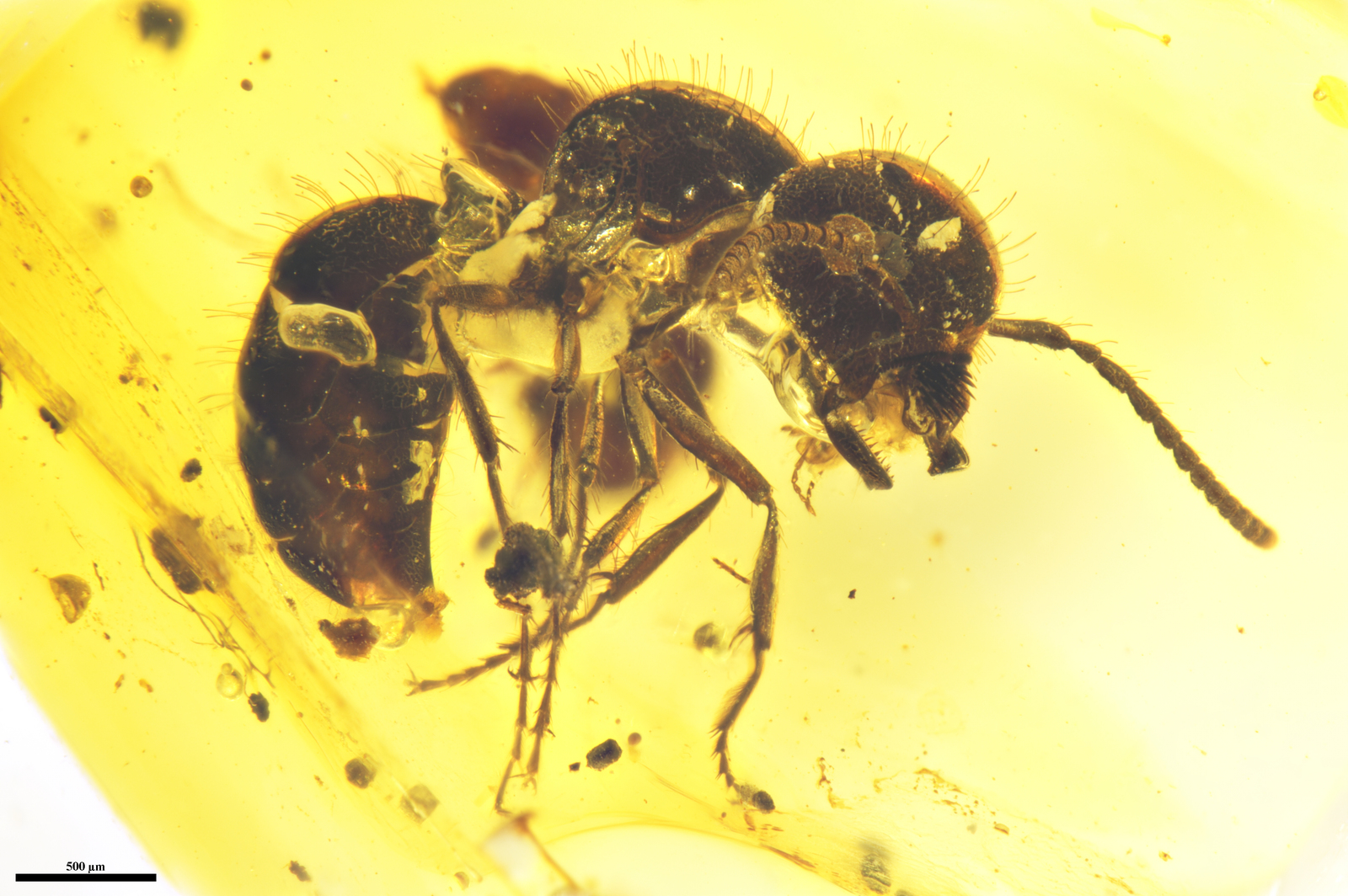
Picture an ant that couldn’t decide if it wanted to be an ant or a wasp, and you’ll have a good idea of what Zigrasimecia tonsillata looked like. This ancient creature possessed features from both insect groups, creating a chimera-like appearance that seems almost impossible. Its body was longer and more slender than typical ants, while its head shape fell somewhere between the two insect types.
The most alien feature of Z. tonsillata was its unusual mandible structure, which combined elements seen in both ants and wasps. These hybrid jaws gave the creature capabilities that neither modern ants nor wasps possess, allowing it to manipulate objects and capture prey in ways that seem almost supernatural. The fossil record shows that these mandibles were incredibly versatile tools, adapted for multiple functions.
This remarkable creature lived during a time when the evolutionary lines between different insect groups were still being drawn. Z. tonsillata represents a fascinating glimpse into what might have been – a world where the boundaries between ants, wasps, and other insects were far more fluid than they are today.
The Amber Time Capsules
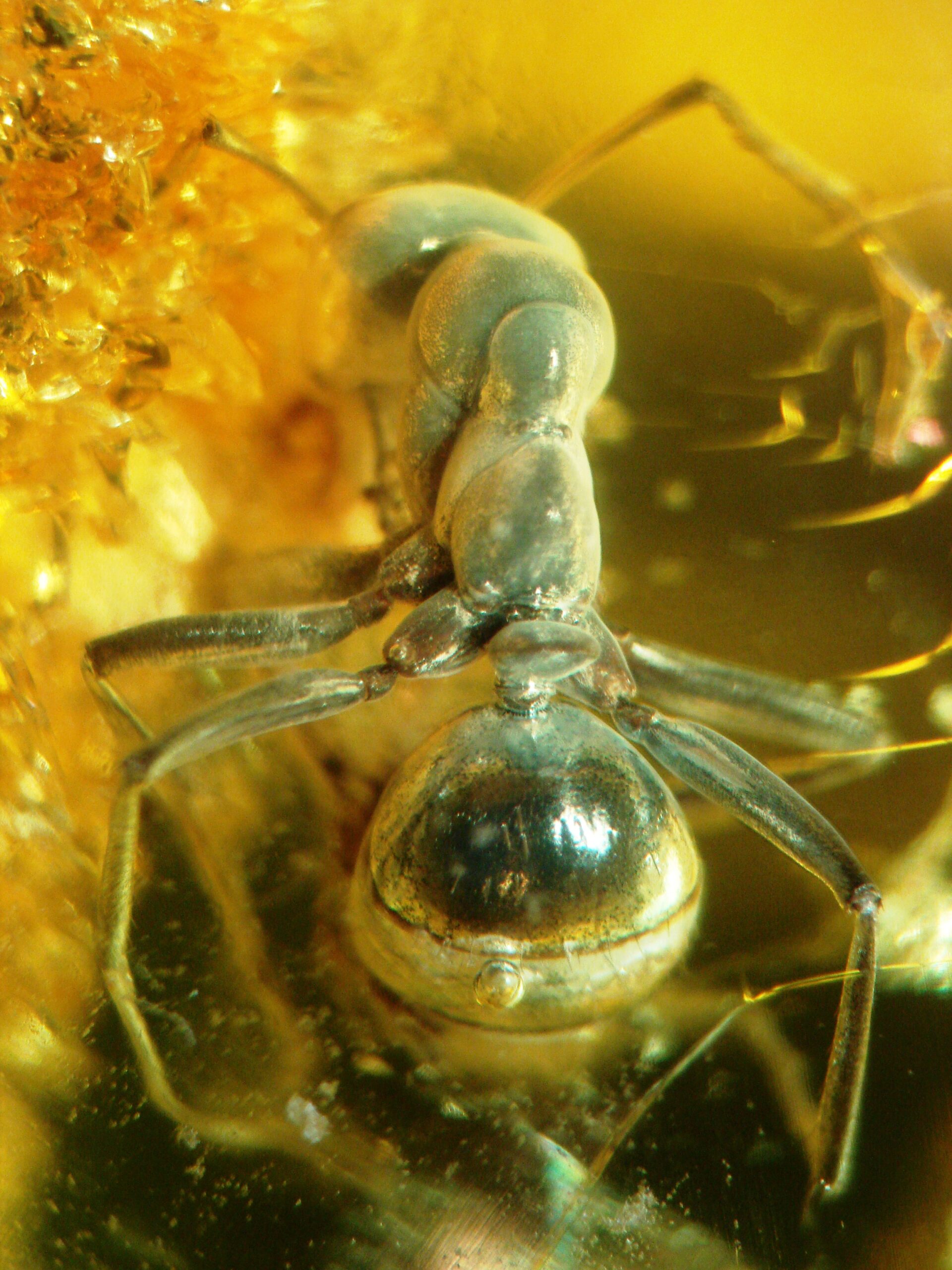
Most of our knowledge about these alien-like ants comes from incredible amber fossils that have preserved them in perfect detail for millions of years. These natural time capsules have captured the insects in three-dimensional perfection, allowing scientists to study every ridge, hair, and joint as if the creatures had just died yesterday. The amber acts like nature’s own museum, preserving details that would be impossible to see in traditional stone fossils.
The process of amber preservation is almost magical in its precision. When tree resin trapped these ancient ants, it created an oxygen-free environment that prevented decay and preserved even the most delicate features. This means we can see the exact shape of their alien-like heads, the precise curve of their impossible mandibles, and even the texture of their exoskeletons.
Some amber specimens contain multiple ants frozen in the act of hunting or fighting, giving us incredible insights into their behavior. These prehistoric crime scenes reveal how these bizarre creatures lived, hunted, and interacted with their environment millions of years ago.
Evolutionary Mysteries and Dead Ends
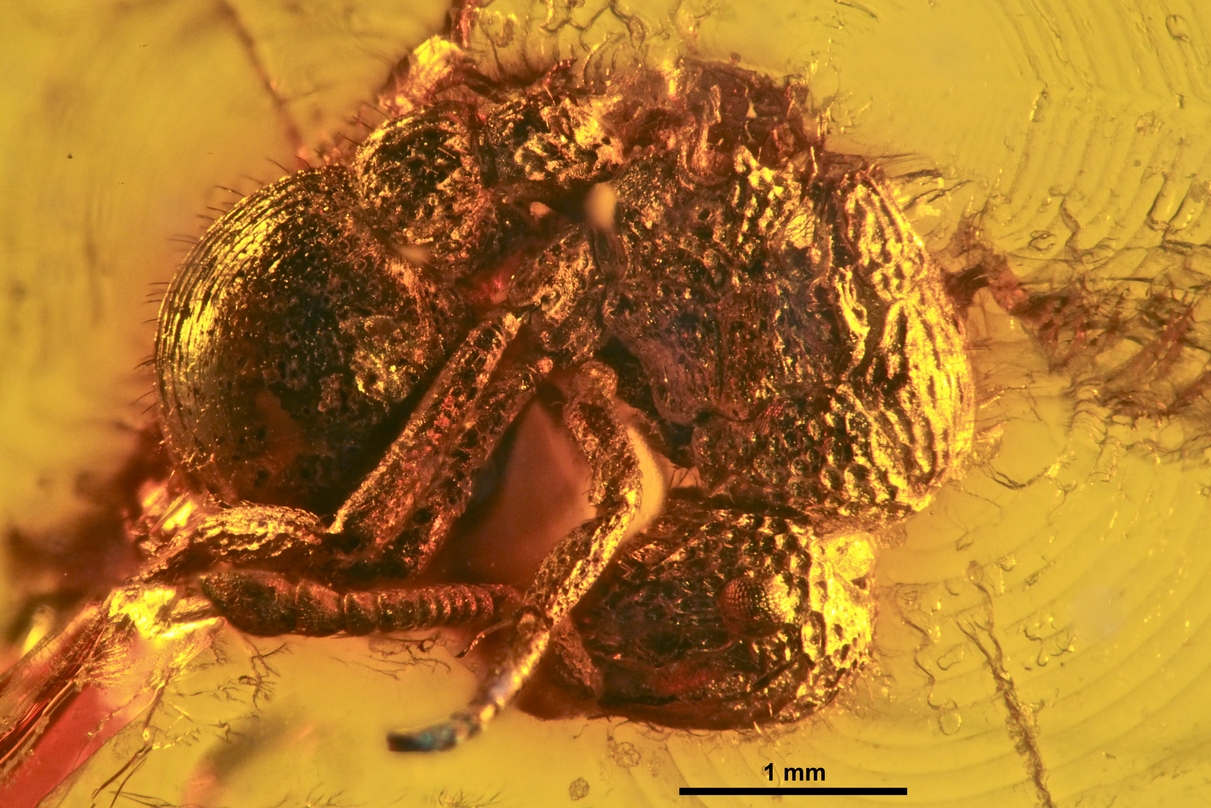
What makes these extinct ants so fascinating is that they represent evolutionary experiments that didn’t survive to the modern era. Each species developed unique solutions to the challenges of their time, but these adaptations ultimately led to dead ends when environmental conditions changed. Their alien-like features were perfectly suited for their ancient world but became liabilities as ecosystems evolved.
The extreme specialization of these ants may have been both their greatest strength and their ultimate weakness. While their bizarre features made them incredibly effective in their specific ecological niches, they also made them vulnerable when those niches disappeared. Modern ants, with their more generalized features, proved to be more adaptable to changing conditions.
These evolutionary dead ends offer valuable lessons about the balance between specialization and adaptability. They remind us that evolution doesn’t always favor the most extreme or alien-looking creatures – sometimes the most successful organisms are those that maintain flexibility in the face of change.
The Science Behind the Alien Appearance
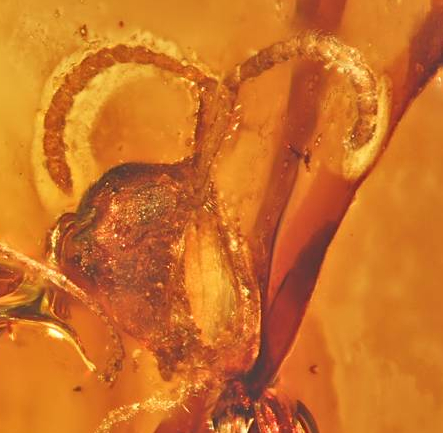
Understanding why these ants looked so alien requires diving into the science of evolutionary adaptation. Each bizarre feature served a specific purpose in the ant’s survival strategy, whether it was for hunting, defense, or accessing unique food sources. The alien appearance wasn’t random – it was the result of millions of years of fine-tuning for specific environmental pressures.
The extreme head shapes we see in these fossils were likely adaptations to particular feeding strategies or sensory requirements. Just as modern deep-sea creatures develop unusual features to survive in extreme environments, these ancient ants evolved alien-like characteristics to thrive in their unique ecological settings. Their appearance may seem bizarre to us, but it was perfectly logical for their time and place.
Modern computational analysis of these fossils has revealed how these unusual features would have functioned in living animals. Scientists can now model how the alien-like mandibles moved, how the unusual head shapes affected vision and sensory perception, and how the strange body proportions influenced movement and behavior.
Comparing Ancient and Modern Ant Diversity

While modern ants display incredible diversity in size, behavior, and social structure, their physical forms are relatively conservative compared to their ancient relatives. Today’s ants all follow a similar body plan, with variations mainly in size and minor proportional differences. The alien-like features of prehistoric ants represent a level of morphological experimentation that simply doesn’t exist in the modern world.
This contrast raises fascinating questions about why ant evolution became more conservative over time. It’s possible that the development of complex social behaviors in modern ants made extreme physical specialization less necessary. When you can work together as a colony, individual ants don’t need to be as specialized for specific tasks.
The loss of these alien-like forms represents one of the most dramatic examples of evolutionary constraint in the insect world. While other insect groups maintained their morphological diversity, ants seemed to converge on a more standardized body plan that has remained remarkably stable for millions of years.
What These Discoveries Mean for Understanding Evolution
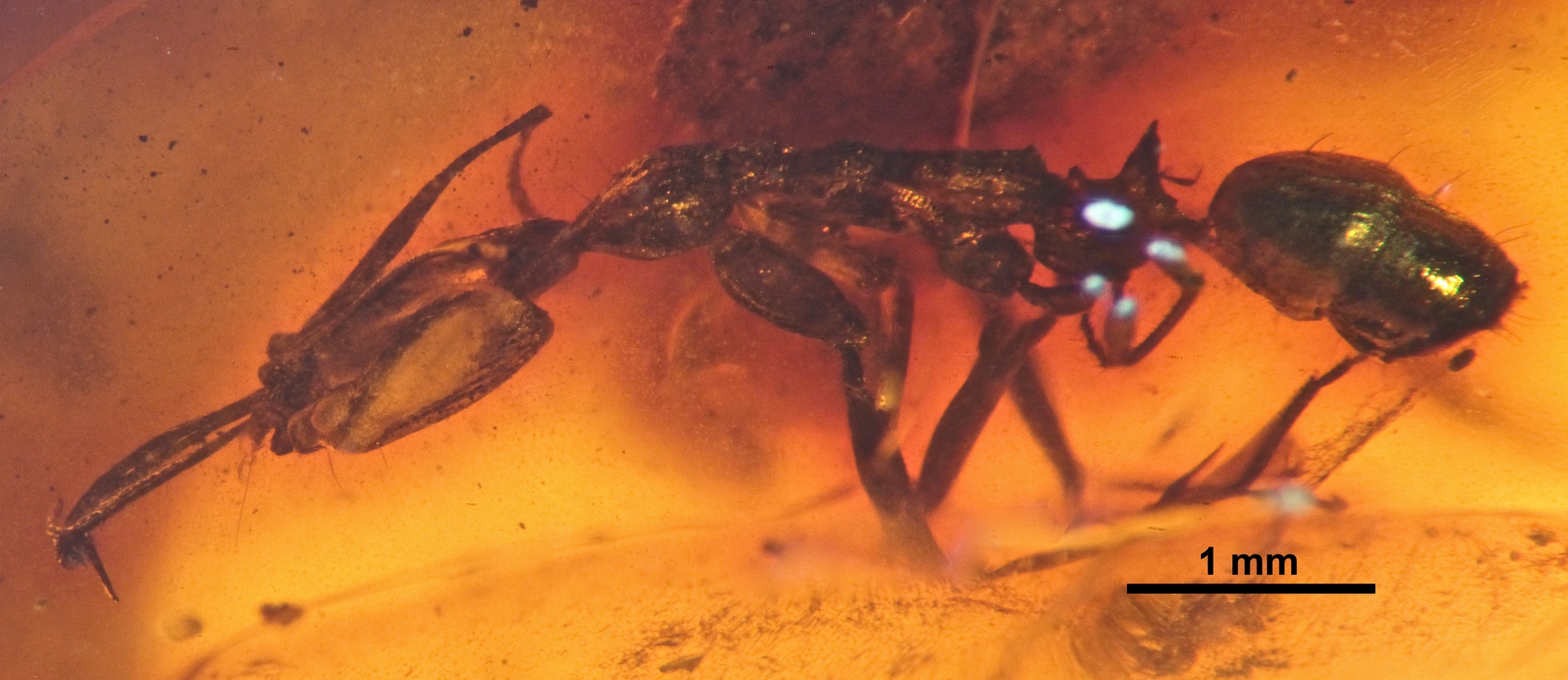
The discovery of these alien-like ants has revolutionized our understanding of insect evolution and the possibilities of biological design. They show us that evolution is capable of producing forms far more extreme than anything we see in the modern world. These fossils serve as a reminder that the creatures alive today represent only a tiny fraction of the biological diversity that has existed throughout Earth’s history.
These findings also highlight the importance of fossil preservation in revealing the true scope of evolutionary innovation. Without the exceptional preservation conditions that created these amber fossils, we would never have known that such bizarre creatures once existed. They represent windows into lost worlds that expand our concept of what’s possible in the natural world.
The study of these extinct ants continues to yield new insights into the mechanisms of evolution, extinction, and ecological adaptation. Each new discovery adds another piece to the puzzle of how life on Earth has changed over millions of years, and how seemingly impossible creatures can arise through natural processes.
The Role of Environmental Change

The extinction of these alien-like ants coincided with major environmental changes that transformed Earth’s ecosystems. The end of the Cretaceous period brought massive shifts in climate, vegetation, and available ecological niches. The highly specialized features that made these ants so successful in their original environments became disadvantages when those environments disappeared.
Understanding how environmental change affected these ancient species provides important insights for modern conservation efforts. The fate of these prehistoric ants serves as a warning about the vulnerability of highly specialized species to rapid environmental change. Their story is particularly relevant today as we face unprecedented rates of climate change and habitat destruction.
The fossil record shows that periods of major environmental upheaval often result in the extinction of the most specialized species while favoring more generalized forms. This pattern helps explain why modern ants, despite their incredible diversity in behavior and ecology, are relatively conservative in their physical forms.
Modern Technology Reveals Ancient Secrets

Advanced imaging techniques and computational modeling are revolutionizing our understanding of these extinct ants. High-resolution CT scans can now reveal internal structures that were previously invisible, showing us how these alien-like creatures functioned at the most detailed level. This technology allows scientists to virtually dissect fossils without damaging them, revealing secrets that have been hidden for millions of years.
3D modeling and biomechanical analysis help researchers understand how these bizarre features actually worked in living animals. Scientists can now test hypotheses about feeding behavior, sensory capabilities, and movement patterns using sophisticated computer simulations. These virtual experiments are revealing that many features that initially seemed impossible were actually highly functional adaptations.
The combination of new fossil discoveries and advanced analytical techniques continues to reveal surprises about these ancient creatures. Each new technological advance opens up new possibilities for understanding how these alien-like ants lived, hunted, and interacted with their prehistoric world.
Implications for Astrobiology

The discovery of these alien-like ants has unexpected implications for the search for life beyond Earth. If evolution on our own planet can produce creatures that look this otherworldly, it suggests that life on other planets might take forms that are even more bizarre than we can imagine. These fossils serve as a reminder that biological diversity can exceed our wildest science fiction fantasies.
The extreme adaptations seen in these ancient ants provide examples of how life can solve problems in unexpected ways. This knowledge is valuable for astrobiologists trying to predict what alien life might look like and how it might function in environments very different from modern Earth. The fossil record shows that evolution is capable of producing solutions that initially seem impossible.
These discoveries also highlight the importance of keeping an open mind when searching for life in the universe. If creatures this alien-looking once lived on Earth, then the possibilities for life on other worlds are virtually limitless. The study of these extinct ants expands our conception of what life can be and how it might manifest in the cosmos.
The Future of Prehistoric Ant Research
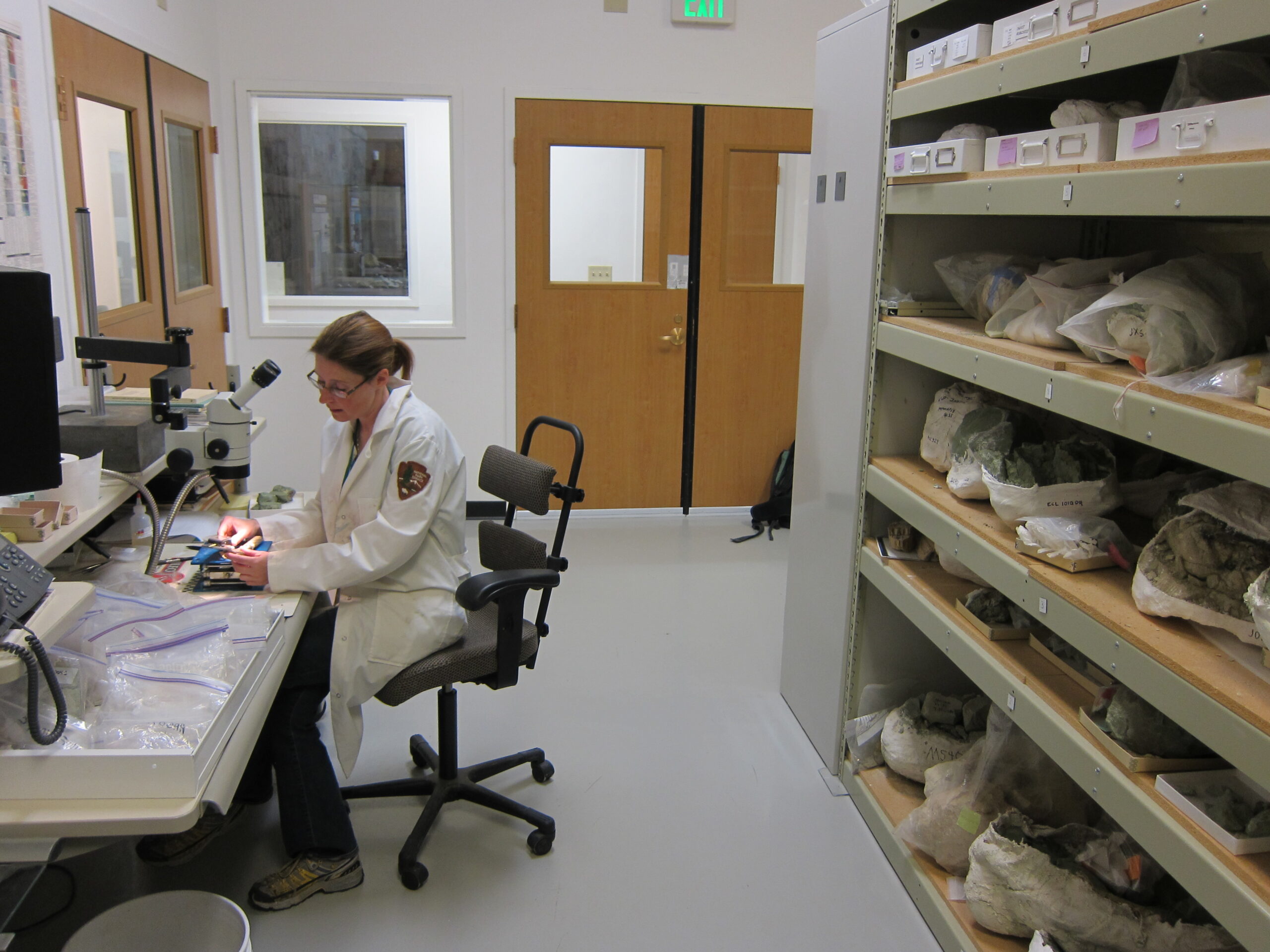
As amber deposits around the world continue to be explored, scientists expect to discover even more bizarre extinct ant species. Each new find has the potential to reveal previously unknown evolutionary experiments and expand our understanding of what’s possible in the natural world. The field of paleomyrmecology (the study of fossil ants) is experiencing a golden age of discovery.
New analytical techniques are also allowing researchers to extract more information from existing fossils. Advanced chemical analysis can reveal details about diet, behavior, and even the ecosystems these ants lived in. This multi-disciplinary approach is painting increasingly detailed pictures of these ancient worlds and their alien-like inhabitants.
The study of these extinct ants also has practical applications for modern ant research and pest management. Understanding how these ancient species functioned can provide insights into the evolution of modern ant behaviors and social structures. This knowledge could lead to new approaches for dealing with ant pests or developing bio-inspired technologies.
These remarkable creatures remind us that our planet has hosted life forms more fantastic than any science fiction movie. Their alien-like features weren’t the product of imagination but of millions of years of evolution responding to environmental pressures we can barely comprehend. As we continue to uncover more of these prehistoric treasures, we’re forced to expand our definition of what’s possible in the natural world. What other impossible creatures might be waiting to be discovered in the depths of ancient amber?

